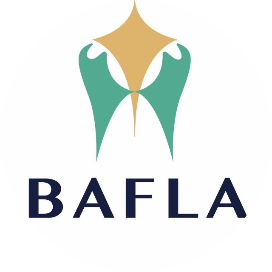主要观点总结
DeepSeek人工智能模型根据不同语言给出不同答案,引发韩国用户混淆和争议。关于泡菜起源的问题,DeepSeek在韩语中称其为韩国食品,在中文中则称是中国食品。南韩表示将对DeepSeek的技术稳定性进行全面审查,如有必要将向公众进一步解释其结果。
关键观点总结
关键观点1: DeepSeek模型的语言依赖性答案引起争议
DeepSeek模型针对不同语言给出不同答案,引发争议,表明模型在跨语言交流中存在某种偏见或误解。
关键观点2: 关于泡菜起源的争议
关于泡菜起源的问题,DeepSeek在韩语中称其为韩国食品,在中文中则称是源自中国,这种不一致的回应加剧了争议。
关键观点3: 南韩对DeepSeek技术的反应
南韩表示将全面审查DeepSeek的技术稳定性,并计划如有必要向公众进一步解释其结果。
文章预览
▲ Click above to subscribe 点击上方蓝字关注我们 The Chinese artificial intelligence (AI) model DeepSeek has confused South Korean users after providing different answers to some questions depending on the language -- for example, defining kimchi's origin as Korea when asked in Korean, but claiming it is Chinese when asked in Chinese. When users asked where kimchi originates, DeepSeek responded, "It is a signature Korean food imbued with its culture and history," according to reports. But when asked the same question in Chinese, it said, "The origin is not Korea, but China," and "It is related to Korea," when asked in English, the reports said. Asked in Korean about South Korea's Dano festival, DeepSeek answers that it is a Korean tradition, while it responds in Chinese and English that it is a Chinese traditional holiday. Other commonly used AI services, such as OpenAI's ChatGPT and CloverX, developed by South Korea's Naver, all provided the same answers regardless of
………………………………










